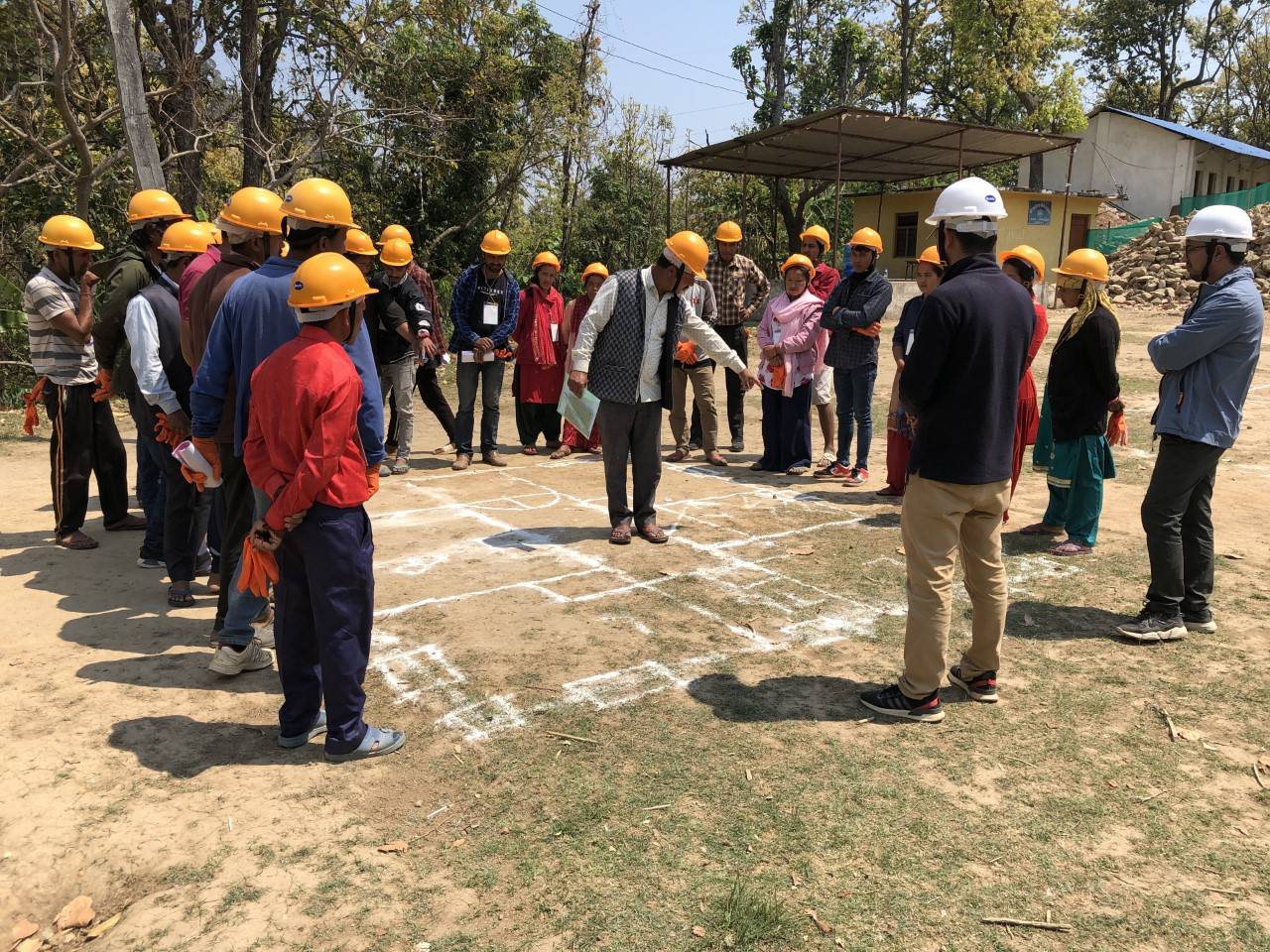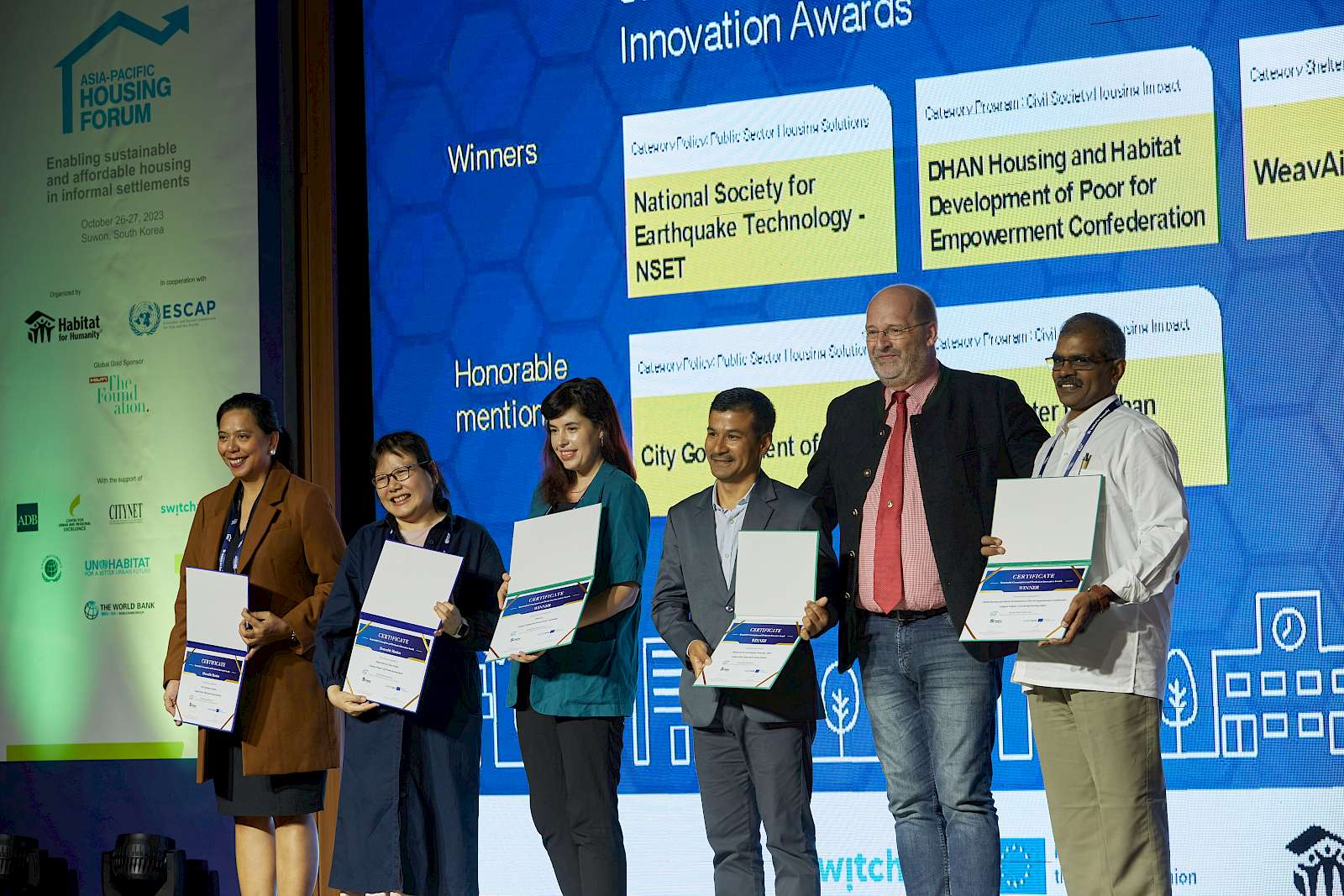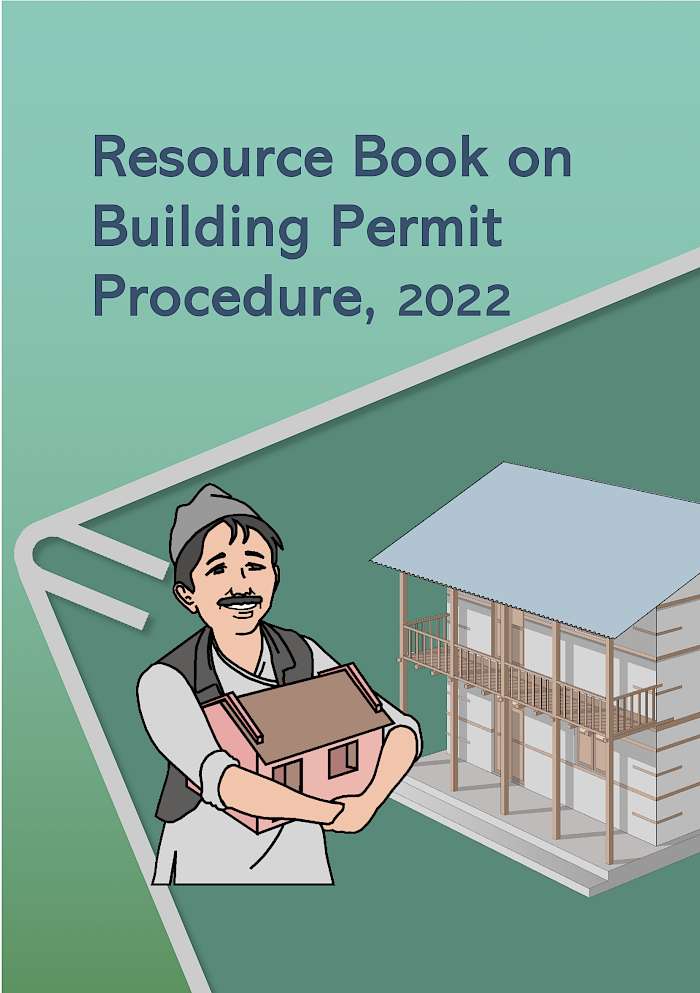
The building and housing sector plays a pivotal role in Sustainable Consumption and Production (SCP) and circular economies. SCP focuses on providing products and services and enabling lifestyles that minimize environmental impacts while maximizing social and economic benefits. These include resource efficiency, building circularity, emissions reduction, energy solutions, and creating climate-resilient, sustainable cities and communities.
Decisions made today in this sector have consequences for decades, influencing daily consumption choices and impacting environmental, economic, and social health. The longevity of buildings, combined with the intensity of resource use and waste generation, underscores why sustainable practices in this sector are critical for achieving climate targets and advancing towards circularity. The success of SCP initiatives in this and other sectors often depends on specific factors that need to be considered in their design and implementation.
Within the context of the Asia-Pacific Housing Forum organised by Habitat for Humanity on 26-27 October 2023 in Suwon, Republic of Korea, a Special Award on Sustainable Consumption and Production (SCP), supported by EU SWITCH-Asia, has recently recognised initiatives that exemplify sustainability considerations.


Nepal Building Permit Procedure Resource Book
 The purpose of the building permit system in Nepal is to ensure that buildings are secure, well-constructed, and comply with regulations. In an earthquake-prone country, this priority is paramount. People constructing a house must obtain a permit, confirming that their plans meet safety standards. During construction, the local government ensures compliance with the approved plan. However, in Nepal, the system is not fully implemented due to the involvement of various stakeholders and a one-size-fits-all approach to building types, highlighting the need for an updated permit procedure.
The purpose of the building permit system in Nepal is to ensure that buildings are secure, well-constructed, and comply with regulations. In an earthquake-prone country, this priority is paramount. People constructing a house must obtain a permit, confirming that their plans meet safety standards. During construction, the local government ensures compliance with the approved plan. However, in Nepal, the system is not fully implemented due to the involvement of various stakeholders and a one-size-fits-all approach to building types, highlighting the need for an updated permit procedure.
According to the 2021 census, 22% of existing buildings in Nepal are made of reinforced concrete, while the remaining 78% consist of mud-bonded bricks, stones, cement-bonded stones, wooden pillars, and various other building forms. Current policies and regulations focus mainly on reinforced concrete buildings, overlooking rural buildings in the permit process. These rural structures are often built without permits and technical input. Additionally, reinforced concrete buildings with permits lack a mechanism to ensure compliance during construction. Generally, permit processes are practiced in urban areas only, leading to a majority of buildings being constructed without the necessary permits, making them vulnerable to future earthquakes.
Construction practices in Nepal are informal; most buildings are built by the owner with the involvement of petty contractors. In the case of reinforced concrete buildings, engineers prepare engineering drawings to obtain building permits from the local government. The house owner, petty contractors, and masons are crucial in building houses, in addition to municipal and consultant engineers. Building permit regulations should address all stakeholders to facilitate the construction process based on the building's typology and its risk.
This policy implements a risk-based permit system for construction, simplifying permits for low-risk housing (rural buildings) and requiring more rigorous processes for high-risk buildings (urban buildings). It outlines stakeholder roles and responsibilities, providing several supporting documents (forms, checklists, guidelines, model drawings for rural buildings, report formats, specific procedures, etc.) for municipal authorities, designers, petty contractors, and house owners. This approach promotes uniformity, integrated systems, policy clarity, and sustainability. Additionally, the policy emphasizes sustainability and affordability, promoting the use of locally available resources and traditional methods, aligning with the broader goal of creating environmentally responsible and cost-effective housing solutions.
Success factors creating lasting impact
Purposeful Intent: Annually, approximately 60,000 individuals lose their lives globally due to natural disasters, with building collapses during earthquakes being the primary cause, especially prevalent in the developing world. In Nepal, the revised permit system is designed to streamline the construction process, ensuring the creation of secure and resilient homes.
Bottom-Up Approach: The revised permit system emerged from a collaborative, bottom-up approach, engaging over 50 municipalities throughout Nepal. After initial testing in a few municipalities, it underwent revisions to facilitate its expansion and implementation across a broader spectrum of municipalities.
Facilitator Rather than Enforcer: The strategy for the updated permit system incorporates a facilitator-oriented approach, emphasizing the role of local government as a facilitator rather than an enforcer. It guides homeowners through the permit process and extends support throughout the construction period. The local government is actively investing in capacity-building programs for local builders and masons, enhancing their skills and knowledge. This investment contributes to the seamless execution of permit procedures and promotes increased compliance among stakeholders.
Tailored Strategy: The building permit procedure is customized based on building typology, with a tailored approach distinguishing between rural and urban structures. The process is streamlined for rural buildings, incorporating simplified requirements, while urban buildings undergo more stringent and rigorous evaluation. This involves implementing diverse risk-based criteria for each building class, ensuring a customized approach rather than a one-size-fits-all strategy.
Engage Local Enterprises: Over 98 percent of buildings in Nepal are erected by informally employed local laborers, whose expertise is often acquired through on-the-job experience (Dixit, 2004; Chmutina and Rose, 2018). The proposed building permit procedure aims to have at least one certified mason present at every construction site. As part of the permit process, masons are required to submit certificates of the training they have received and need to be registered with the municipality to obtain a construction permit. This mechanism not only supports their professional development but also enhances their livelihood opportunities.
Valuing Sustainable Consumption and Production practices
Through the perspective of three of our jurors for the SCP Award, Dr. Zinaida Fadeeva, Florian Beranek, and Cosima Stahr, we present three characteristics that stood out from this initiative and are also applicable to other SCP-focused policy interventions in the buildings sector:
Target Group Needs Identification and Partnerships Development: A policy is only as good as its understanding of the community's needs. The diverse requirements of Nepal's urban and rural populations were essential in shaping a permit system that guarantees the relevance and accessibility of safety standards for every building type. The interaction between homeowners, designers, and engineers throughout Nepal's building process exemplifies a partnership model that balances technical oversight with practical application and ensures professional accountability.
Innovation in Practice and Skills Development: Social and technological innovations are critical for promoting SCP in any sector. In terms of social innovation, the new procedure mandates the presence of a certified mason at each building site. This step ensures skill enhancement and quality assurance in construction while also supporting and empowering local SMEs and the informal labour sector, furthering SCP goals.
Maintenance Planning: The policy encourages designs that are easier to maintain and repair, prolonging building life and reducing the need for resource-intensive renovations. In addition, it could mandate regular maintenance, which increases lifespan and diminishes inefficiencies arising over time, hence increasing resource sustainability. Building maintenance has the potential to stimulate skilled labour demand, thereby creating jobs and benefiting local circular economies. It is both economically significant and, because it increases the lifespan of buildings, a critical element of SCP. By incorporating maintenance criteria into the building permission system, the policy could ensure that Nepalese structures last and work properly. This improves the durability, safety, energy efficiency, and environmental performance of the building.
Mr. Florian Beranek, SCP Expert for the buildings sector, stated, the initiative in Nepal can serve as an inspiring blueprint, demonstrating the transformative potential of a policy intervention or policy update on the technical level and its ground-breaking potential in the built environment and the lives of people.
Summing up, the effectiveness of SCP interventions in the building and housing sector is a multifaceted endeavour. Working with success factors - strong institutional drivers, accurate needs identification, solid partnerships, strategic policy frameworks, innovation and skills development, along with materials selection, and maintenance planning in the building sector - is essential. Each plays a part in shaping a sustainable future, fostering communities that are built on the foundations of sustainability, inclusivity, and resilience.
Learn more about this initiative, watch the video – “Vays’s Journey to Building Code Implementation


